Welcome to our guide on “How to Use Resistance Bands to Improve Strength at Home.” With a busy life, it’s hard to find the right strength training tools and methods. It can be overwhelming. That’s where resistance bands come in. They’re cheap, portable, and very versatile. You can use them to customize your workouts to fit your needs. This step-by-step guide is for you. It will help you, whether a beginner or looking to improve your routine. You’ll learn to use resistance bands to build muscle and endurance at home, in private. Let’s embark on this journey toward a stronger you together!



Choose the Right Resistance Band
Choose a resistance band for your fitness level. Check the color-coded resistance levels on the packaging. As a beginner, use light bands. This will help you master the right movements and form. It won’t strain your muscles. Only use heavier bands when you feel confident with the lighter ones. Always listen to your body. If you feel too much strain, reassess. Consider using a lighter band for a bit longer.



Familiarize Yourself with Band Types
Explore the different types of resistance bands available to maximize your workout. Identify loop bands. They’re great for lower body exercises. They can target your legs and glutes through various movements with precision. Recognize therapy bands, often used in rehab. They provide gentle resistance. This makes them ideal for beginners and those recovering from injuries. Discover tube bands with handles. They allow for many upper body exercises. They are versatile for strength training and work your upper body muscles.
Warm Up Before Exercise
Do 5-10 minutes of light cardio, like brisk walking, jogging, or cycling. This will raise your heart rate and blood flow to your muscles. Next, do dynamic stretching. Focus on arm circles, leg swings, and torso twists to improve flexibility and range of motion. Use exercises that mimic your upcoming workout, like bodyweight squats or lunges. They will activate the muscle groups you will use. Rank slow, controlled movements. Breathe in a calm rhythm. This will prepare your body for the main workout.
Set Up Your Space
Designate a suitable area in your home for workouts:
Learn Basic Resistance Band Exercises
Familiarize yourself with basic exercises like bicep curls, tricep extensions, squats, and rows. Each movement targets specific muscle groups, enhancing your overall strength and fitness.
Start with one or two sets of 10-15 repetitions for each exercise. Focus on maintaining proper form throughout each movement. This will help you maximize your workout and reduce the risk of injury.
Incorporate Resistance Bands into Your Routine
Add resistance band exercises to your workout. Use them in your strength training or as part of your cardio warm-up. Target all major muscle groups with a balanced approach. Do squats with the band for your legs. Do shoulder presses for your upper body. Do seated rows for your back. Combine these exercises with cardio, like jogging in place or jumping jacks. Do this routine at least twice a week. Add variety. Mix in resistance band bicep curls, lateral band walks for your hips, and glute bridges. This will keep your body challenged and engaged.
Increase Resistance Gradually
As you get stronger, increase your bands’ resistance or the reps. Aim for small, manageable increments, not large jumps. This lets your muscles adapt. Watch your form during each exercise. Ensure it is correct as you push yourself. Conduct frequent assessments of your progress. Adjust your resistance or reps to keep improving and avoid plateaus.
Cool Down and Stretch
End your workout with a 5-10 minute walk. It will help lower your heart rate. Focus on the muscle groups you engaged during your exercises, such as your legs, arms, and back. Bend forward to stretch your hamstrings. Bring one arm across your body to target your shoulders. Reach overhead for your triceps. Hold each stretch for 15-30 seconds. Inhale with full capacity. Feel the tension release from your muscles. This will improve your flexibility and reduce soreness.
Track Your Progress
Record your workouts on a regular basis to check your progress over time. Record your exercises. Include reps, sets, and resistance levels used. Note any changes in your strength or endurance, such as improvements in weights or the number of reps. This practice keeps you motivated. It also helps you spot patterns and make changes to improve your routine.
15 Min Full Body Resistance Band Workout
Maximize Your Home Workouts
In conclusion, using resistance bands in your home workouts can boost your strength. By using them well and following the steps, you can have a safe and productive fitness journey at home. So grab those bands, stay consistent, and watch your strength grow!

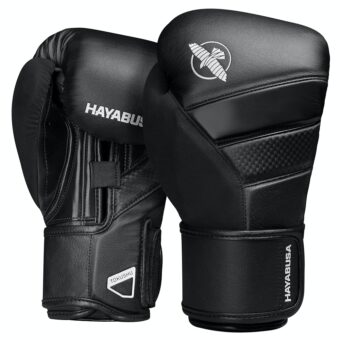

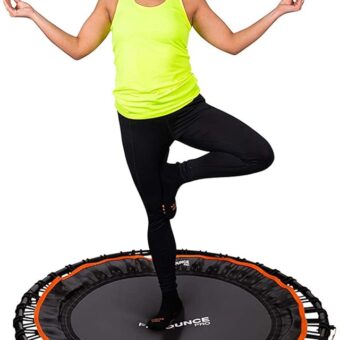
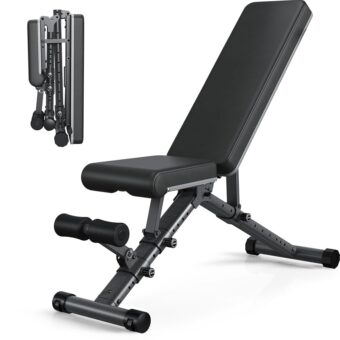

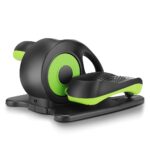

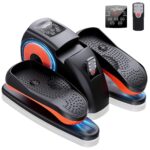
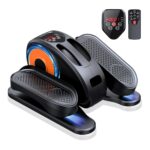
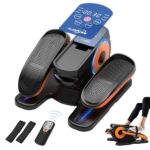
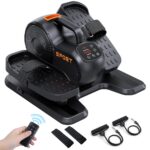
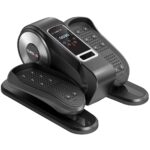

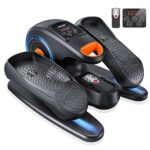
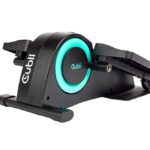


Hey! I really loved the section on choosing the right resistance band. But I think it would be super helpful if you could write an article about how to care for and maintain resistance bands. I’ve had a few snap on me, and I want to avoid that! Cheers!
I just started using resistance bands last month, and wow, what a game changer! I’m using the TheraBand Pro Series, and it’s amazing how it targets different muscle groups. I suggest adding some core exercises to the guide—plank variations with bands are killer! Anyone else tried them?
That’s awesome to hear! TheraBand is a great choice. Core exercises with bands can really up the ante. Thanks for sharing your experience! We might just include that in our next update. 💪
Thanks for the suggestion! We’ll definitely consider writing about band maintenance in a future article. It’s so important to keep your gear safe and functional! 😄
I’d love to see a follow-up article on resistance band workouts specifically for seniors or beginners. Sometimes it can be hard to know where to start without feeling overwhelmed. Just a thought!
Great idea! We understand that everyone has different fitness levels. We’ll look into creating content tailored for seniors and beginners. Appreciate your input! 🙌
I adapted the warm-up step a bit. Instead of just static stretches, I added some dynamic movements like arm circles and leg swings. It really gets my blood flowing and I feel more prepared for the workout. Just thought I’d share what works for me!
That’s a smart approach! Dynamic warm-ups can really enhance performance and reduce injury risk. Thanks for sharing your adaptation; it might inspire others to switch up their warm-up routines too! 😊
I’ve been following this guide for about two months now, and I’ve seen such a difference in my strength! I started with light bands from the Fit Simplify set and now I’ve moved up to the medium ones. It’s wild how much progress I’ve made, and I feel more confident in my workouts. Thanks for putting together such a helpful guide!
Wow, that’s amazing to hear! We’re thrilled that the guide has helped you progress. Keep up the fantastic work and don’t hesitate to share any more successes along the way! 🎉